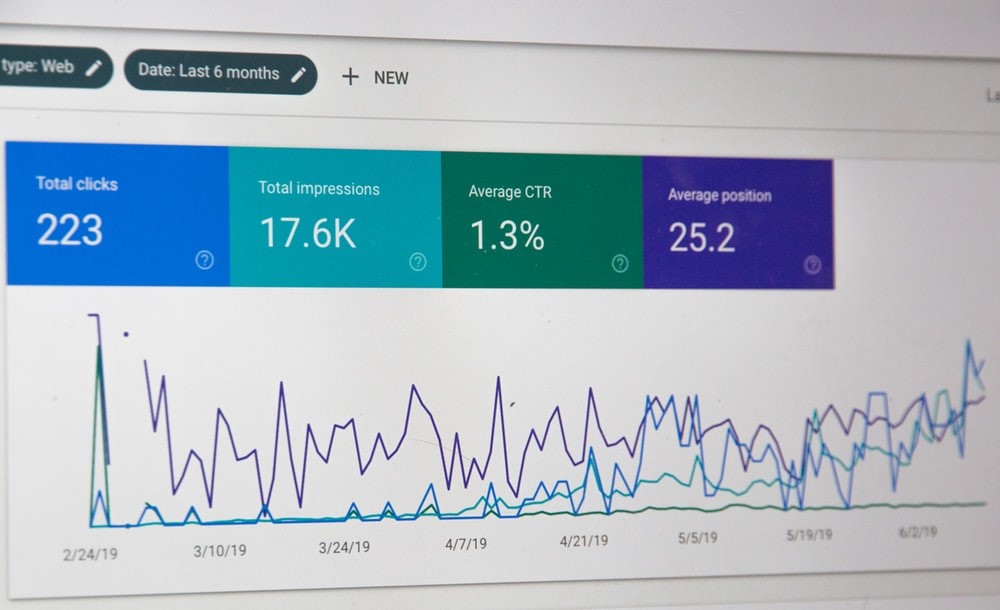Coronavirus is quickly changing the economic and consumer landscape across the globe. If/when budgets start to get tighter, marketers will need to reevaluate how best to utilize their marketing dollars. The effective use of a marketing budget is key to any successful organization across all facets of the advertising process however, arguably, the largest opportunity rests in the effectiveness and granularity of the digital marketing media placements. Programmatic advertising unlocked a powerful tool that, until recently, was unavailable by any other means, audience hypertargeting.

Hypertargeting is the process of identifying and understanding who an organization’s audiences are and focusing on particular characteristics of these to more closely target advertising efforts. Commonly known targeting includes age, gender, and geo-location while the lesser known and utilized methods include interests, hobbies, sentiments and beliefs. This act of delivering a defined advertising message based on a very specific characteristic and qualification filters audiences and received messages to only the distinct group you intend.
It is in this method where we find the most effective use of advertising spend due to the specificity of the placements increasing awareness and conversions while minimizing spam advertising. The benefits of hypertargeting are shared mutually between organizations and consumers. While the organization see’s increased advertising metrics such as CTR, conversions, brand sentiment etc., the consumer is also only receiving messages about products or services they have interest in resulting in greater awareness and willingness to interact with marketing messages.
Hypertargeting is accomplished in a variety of methods however the foundation of the process is through analysis of data via tools such as a DMP or CRM platform to inform changes necessary to campaign size, duration, dates, and budgets. These changes are primed by the specific needs of personas derived from the data analysis that each will require unique messaging (copy and imagery), targeting, timing and/or budgets. A persona can generally be defined by 5 categories:
- Geographic location
- DMA, city, country
- Demographics
- age, gender, occupation, job, income
- Interests
- pages they like, keywords in their messages, posts they like
- Behavior
- Social media engagement and website utilization
- Lifestyle
- Buying habits and brand affinities
After clear and specific personas are identified, the next step is creating unique marketing materials for each. This should, commonly, include copy, imagery, landing pages and in some cases video. The goal is to strategically speak to the unique characteristics of each target audience with messages that feel personalized and specific. Ensure that you work with or share the personas with your media partner as these will directly inform the placements and buying strategy recommendations.
After the campaign launches, optimizations will be key to furthering insights and informing future campaign decisions. Ensure that performance for each persona is monitored for engagement and reach and other campaign KPIs. If necessary, adjust copy or test landing pages. During the campaign is the opportunity to most closely engage with the targeted audiences and derive insights and future decisions such as campaign timing, additional persona segmentation, and budget.

The results of a well-planned and executed hypertargeting campaign will be recognized by increased campaign KPI’s (bookings, sales, conversions etc.) and increased advertising reach due to the strategic placement of media specific to individualized marketing messages. By getting the correct message in front of the correct audience, advertising waste is minimized and customer sentiment, engagement and brand recognition are all amplified.
According to a study by Infosys, 86% of customers agree that personalization of advertising has a positive impact on decision making while another study by IBM indicated that 56% of consumers consider most brand messaging to be inconsequential or irrelevant. Advertisers can no longer afford to not embrace and leverage hypertargeting. With over 5,000 advertising messages delivered to the average person per day, calculated and strategic advertising delivery is more important than ever.
With Coronavirus potentially changing the landscape for the economy and for how consumers interact with brands, being effective with media campaigns will be more important than ever. For more information on hypertargeting opportunities or customized marketing plans, give us a shout.




